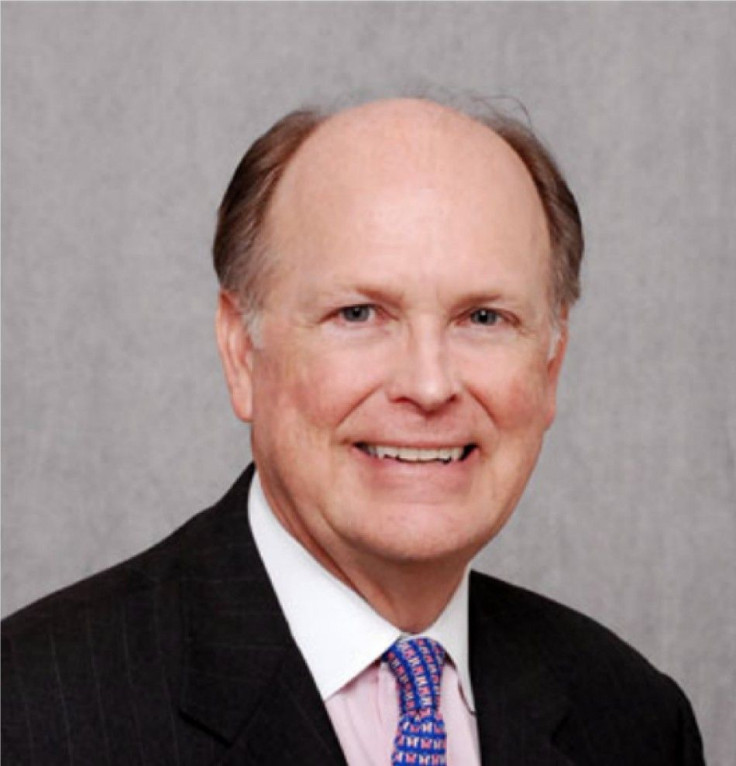What the Federal Reserve’s Exit May Look Like: Plosser

Philadelphia Federal Reserve President Charles Plosser gave a speech titled “Exit” on Friday – referring to the Federal Reserve’s eventual need to exit from the extraordinary level of liquidity it has provided to the financial market in the aftermath of the global financial crisis.
He said the US economy continues to gain momentum despite global uncertainties.
He said: “Consumer spending continues to expand at a reasonably robust pace, and business investment, particularly on equipment and software, continues to support overall growth. Labor market conditions are improving. Firms are adding to their payrolls, which will result in continued modest declines in the unemployment rate.”
In light of this improvement, the Federal Reserve should start discussing an exit plan.
Plosser presented one in his speech and outlined what a Fed exit may look like.
He emphasized that monetary policy is dictated by economic conditions so his plan merely presents a framework. Nevertheless, the market interpreted the speech as hawkish; the US dollar rallied and Treasuries slipped.
Below is an outline of Plosser’s exit plan for the Federal Reserve:
-Stop reinvesting the proceeds of maturing assets
-Raise interest rates paid on excess reserve to 50 basis points from 25 basis points
- Raise the benchmark interest rate and start selling assets
Plosser wants the size of the Federal Reserve’s balance sheet to shrink by roughly $1.5 trillion to $50 billion. He also wants it to mostly consist of short-term Treasury securities.
Regarding the pace of interest rate hikes, he presented an example that has the Fed raising rates to 2.50 percent with nine consecutive 25-basis point hikes at each successive policy rate meeting. A table of this example can be seen on the 12th page this document.
Email Hao Li at hao.li@ibtimes.com
Click here to follow the IBTIMES Global Markets page on Facebook
Click here to read recent articles by Hao Li
© Copyright IBTimes 2024. All rights reserved.











